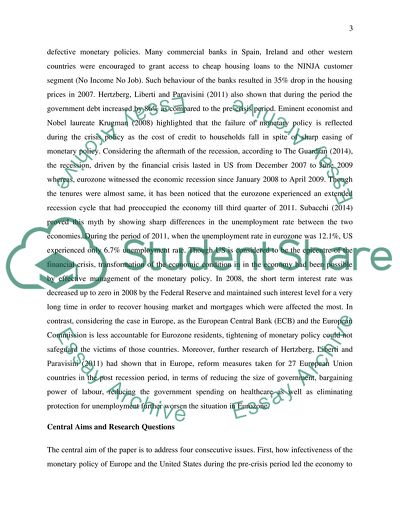Cite this document
(Monetary policy change and its effect on banks before and after Thesis Proposal, n.d.)
Monetary policy change and its effect on banks before and after Thesis Proposal. https://studentshare.org/finance-accounting/1865538-monetary-policy-change-and-its-effect-on-banks-before-and-after-financial-crisis
Monetary policy change and its effect on banks before and after Thesis Proposal. https://studentshare.org/finance-accounting/1865538-monetary-policy-change-and-its-effect-on-banks-before-and-after-financial-crisis
(Monetary Policy Change and Its Effect on Banks before and After Thesis Proposal)
Monetary Policy Change and Its Effect on Banks before and After Thesis Proposal. https://studentshare.org/finance-accounting/1865538-monetary-policy-change-and-its-effect-on-banks-before-and-after-financial-crisis.
Monetary Policy Change and Its Effect on Banks before and After Thesis Proposal. https://studentshare.org/finance-accounting/1865538-monetary-policy-change-and-its-effect-on-banks-before-and-after-financial-crisis.
“Monetary Policy Change and Its Effect on Banks before and After Thesis Proposal”. https://studentshare.org/finance-accounting/1865538-monetary-policy-change-and-its-effect-on-banks-before-and-after-financial-crisis.


